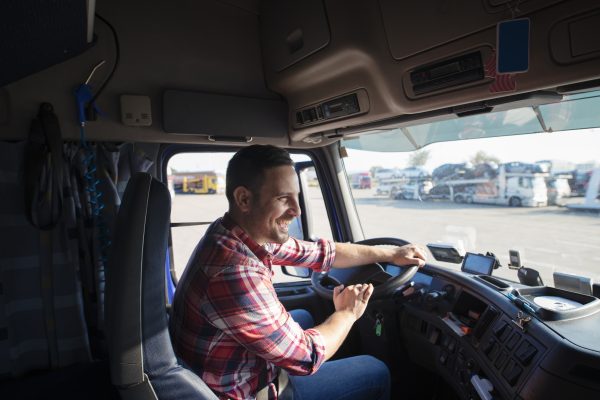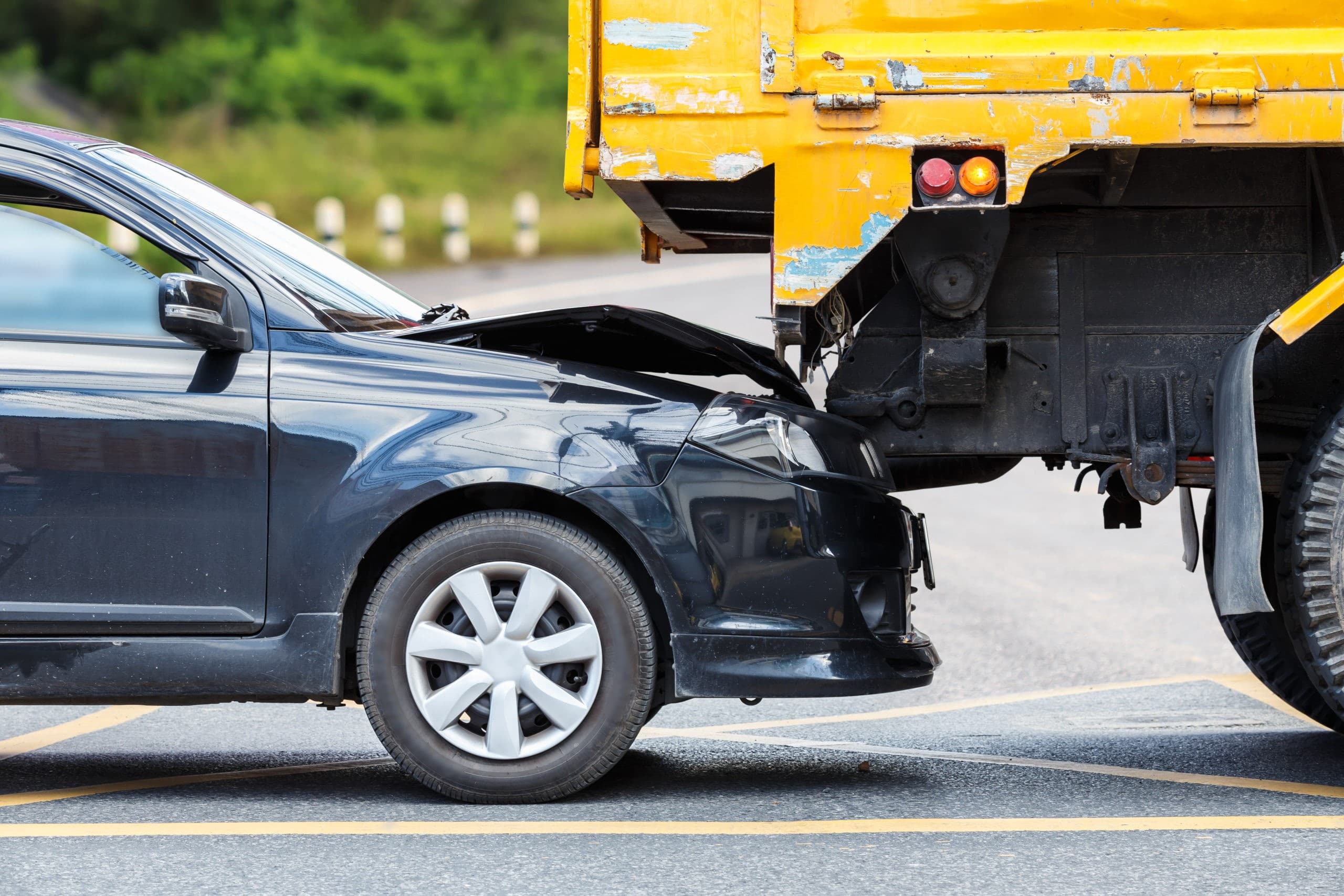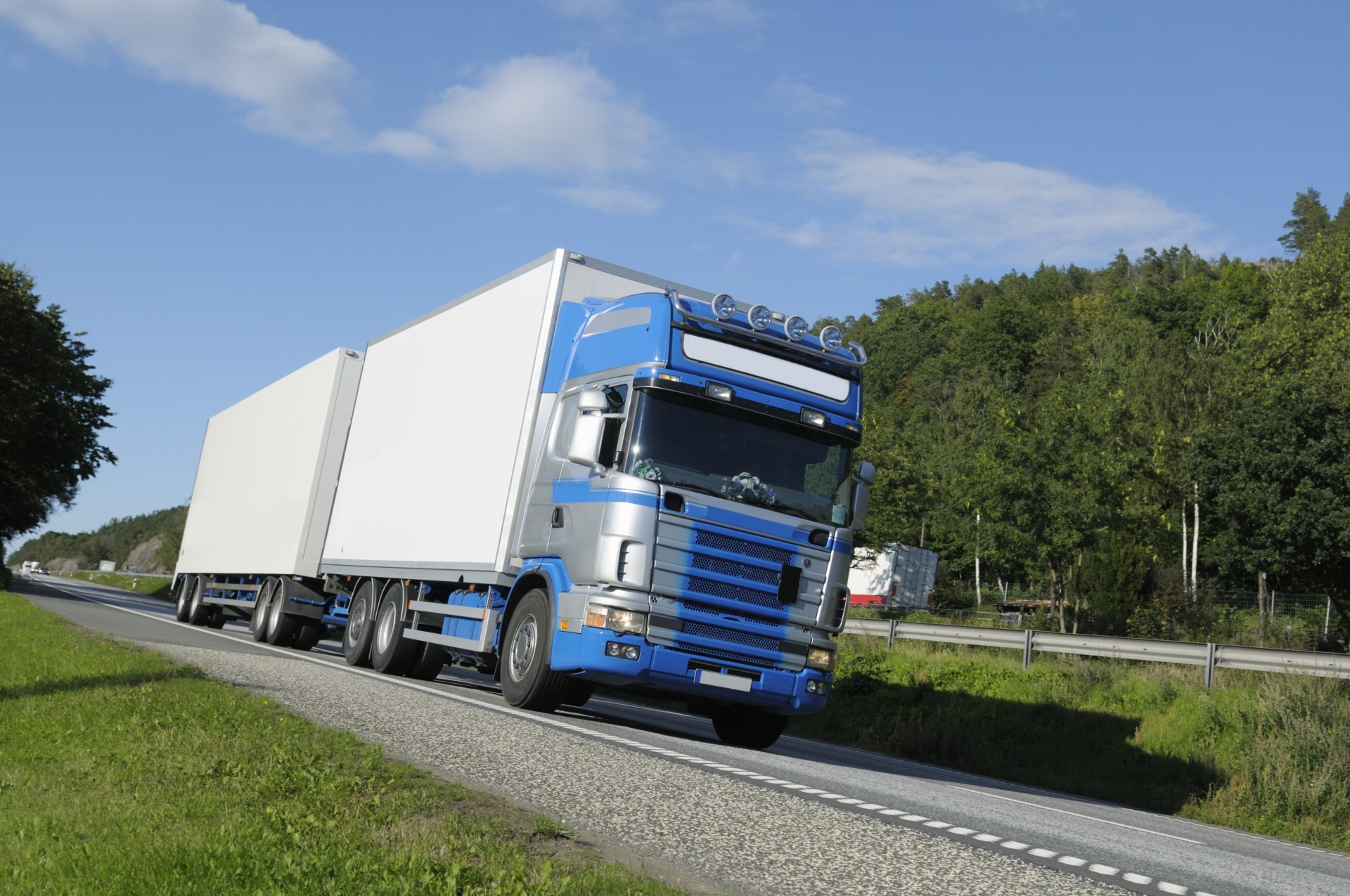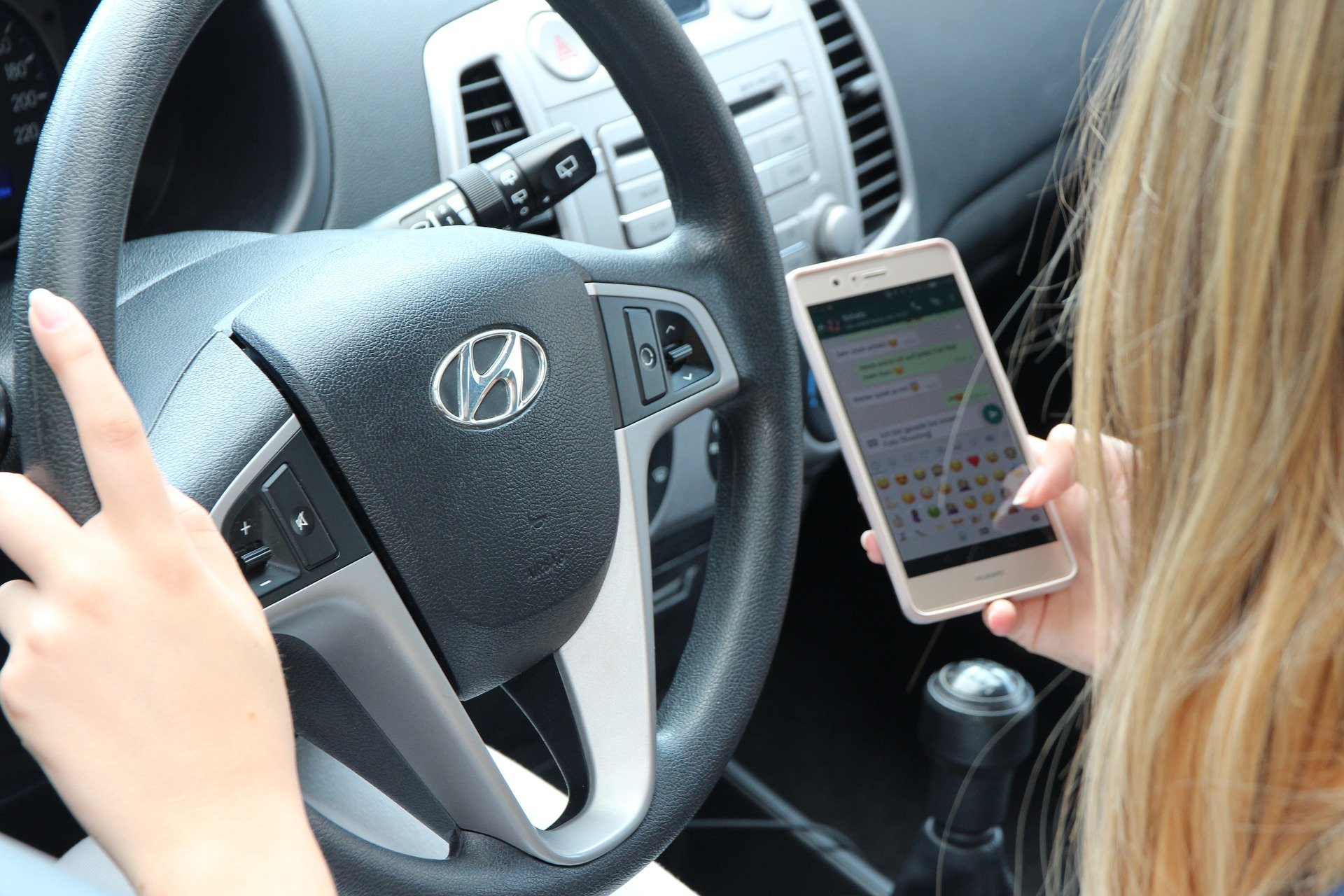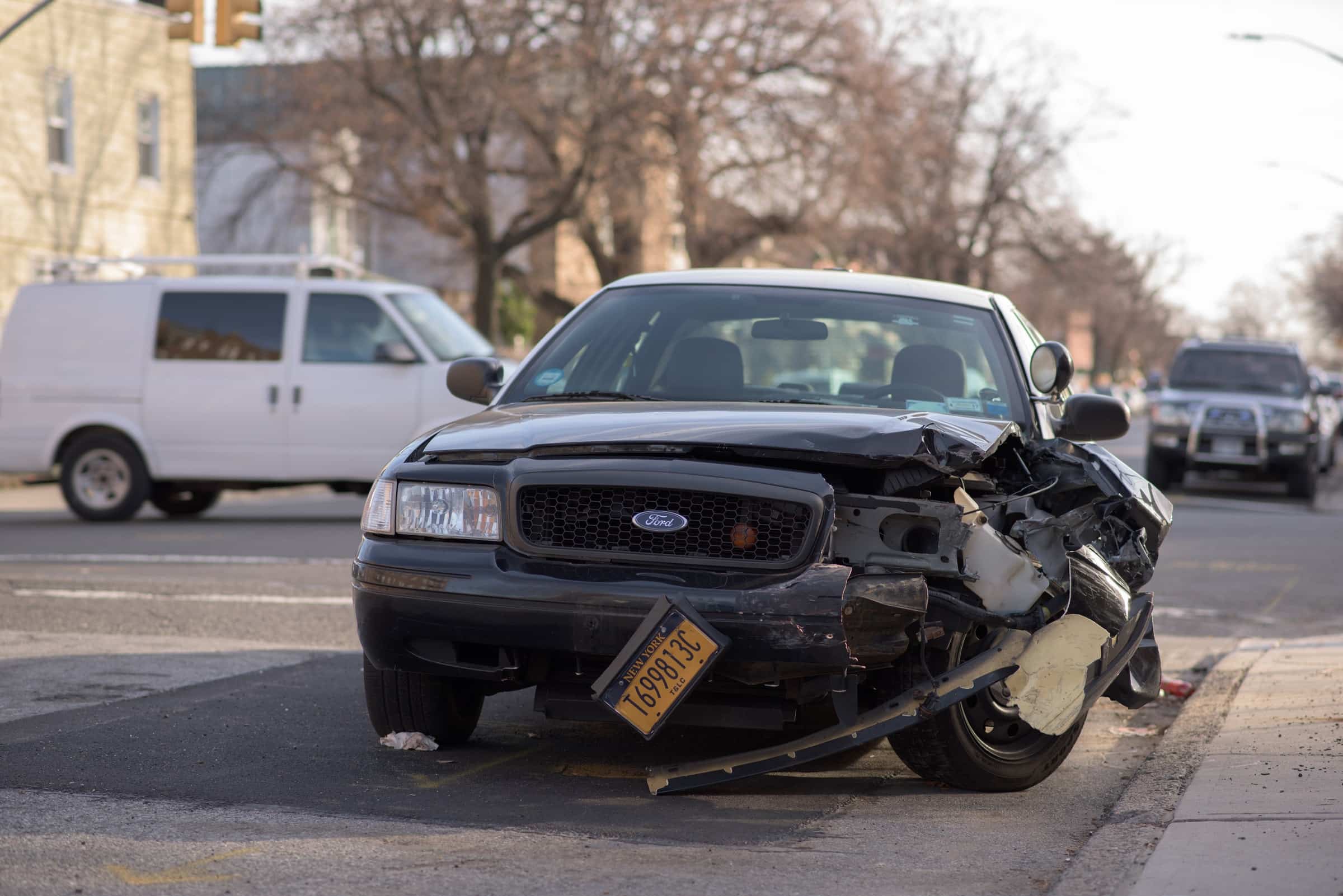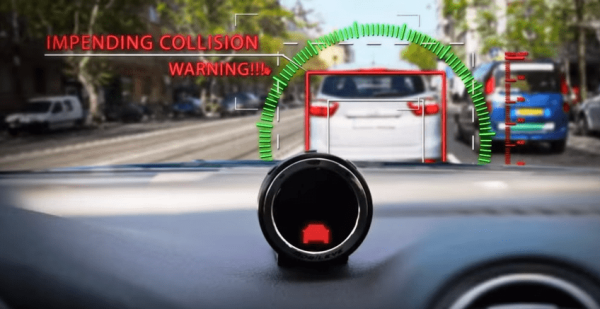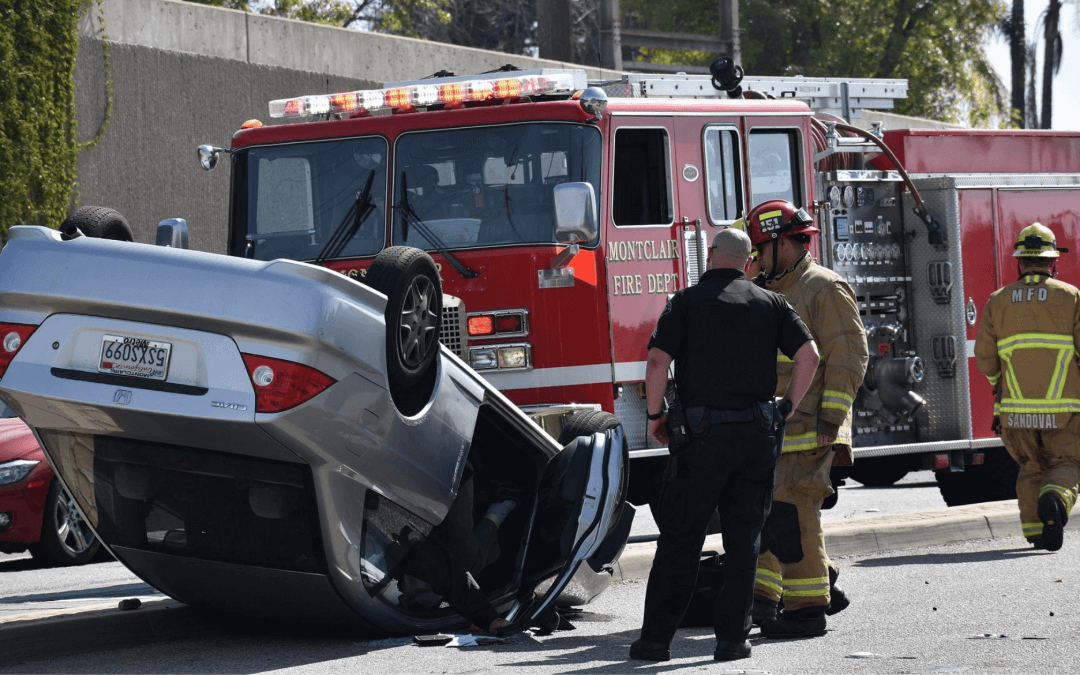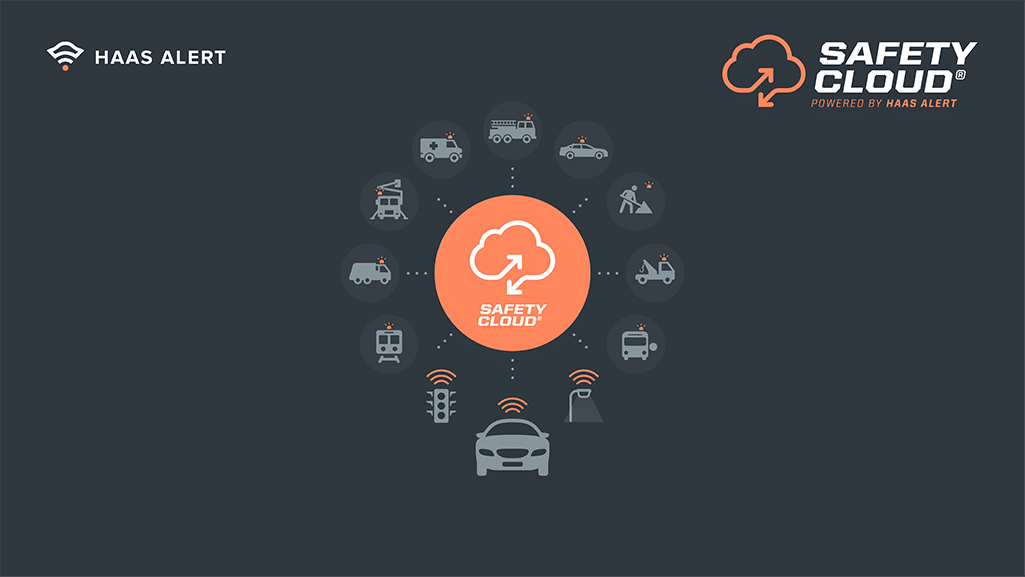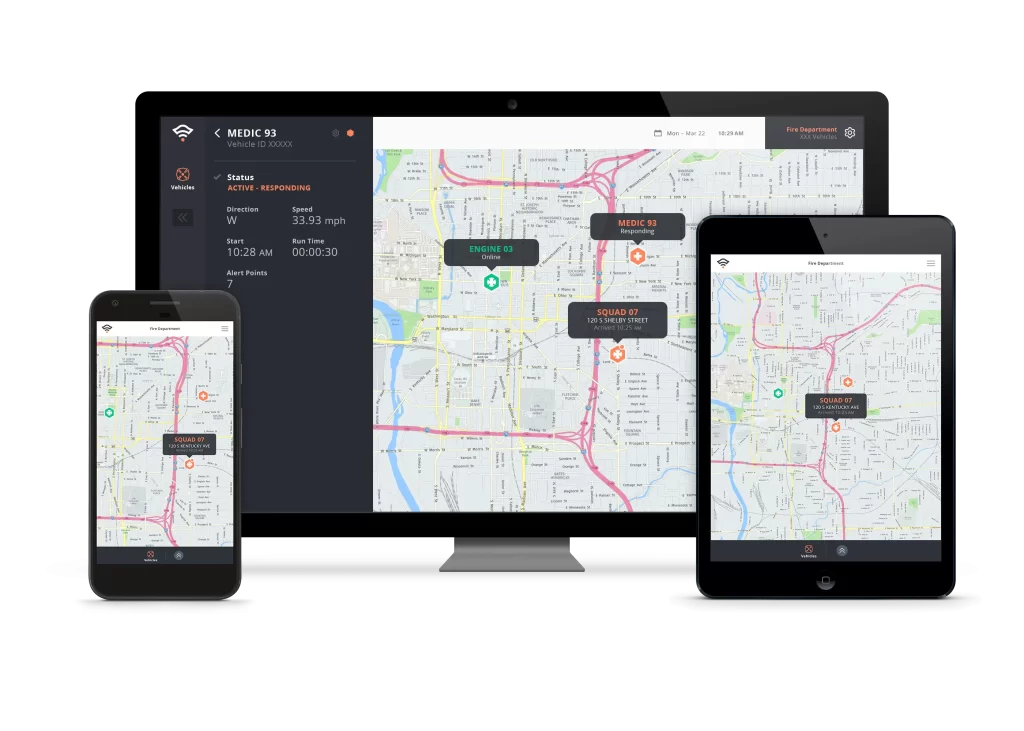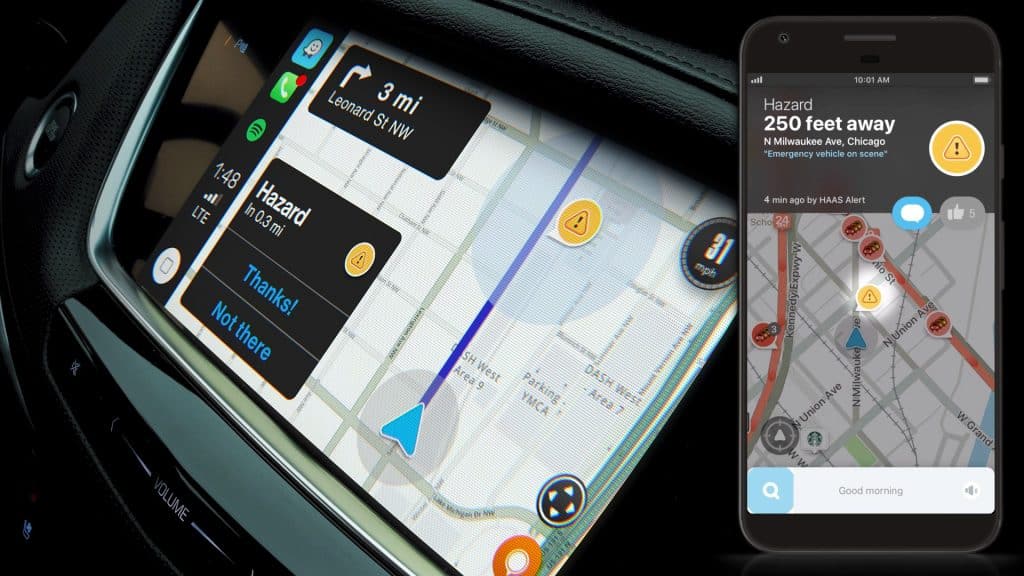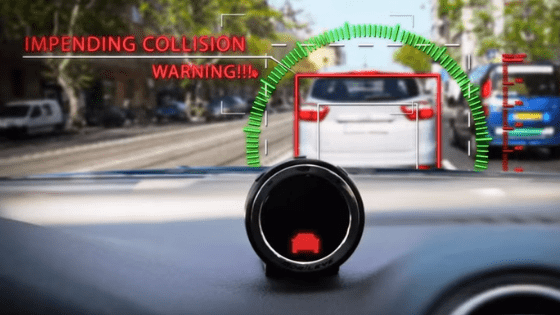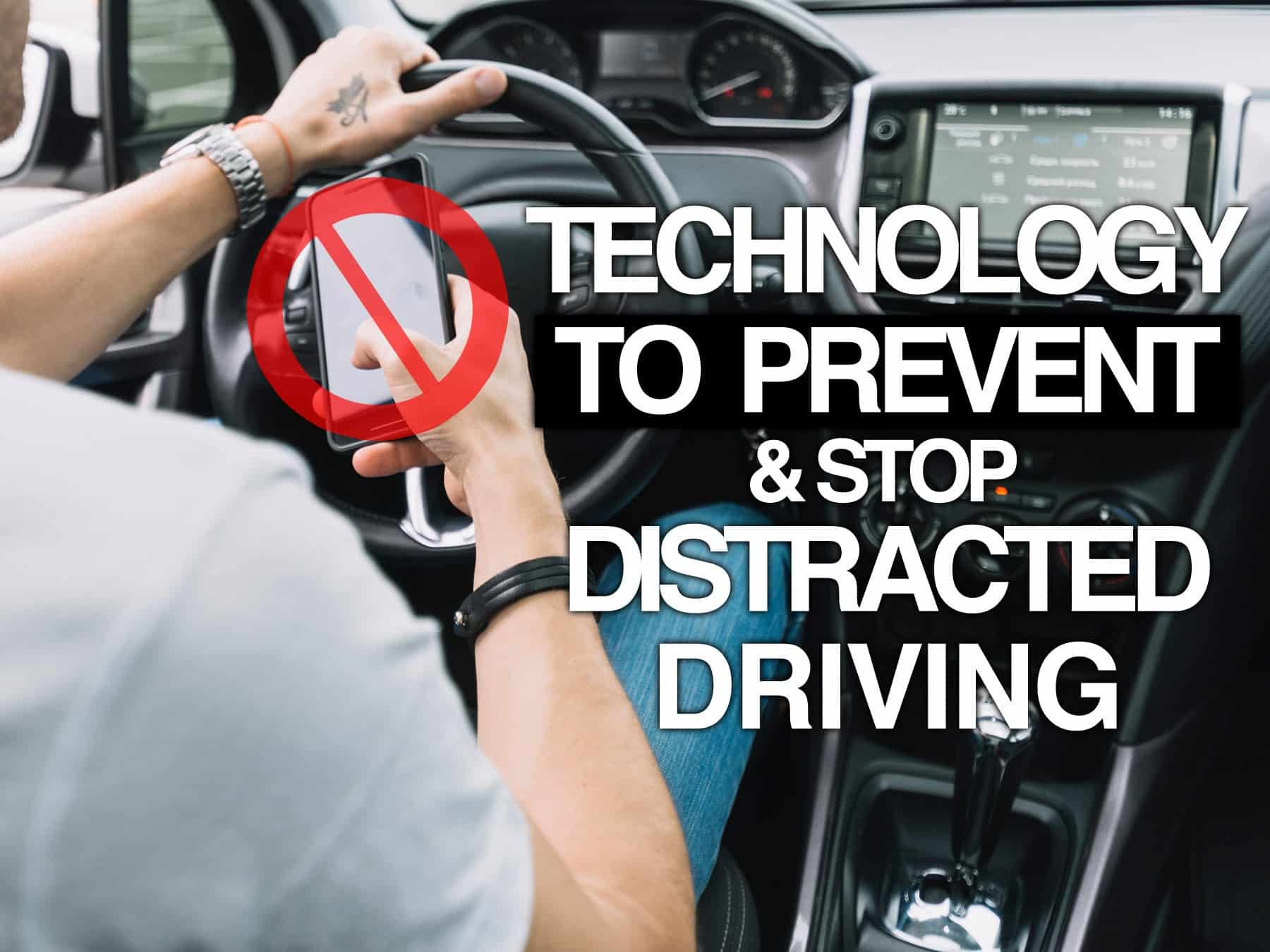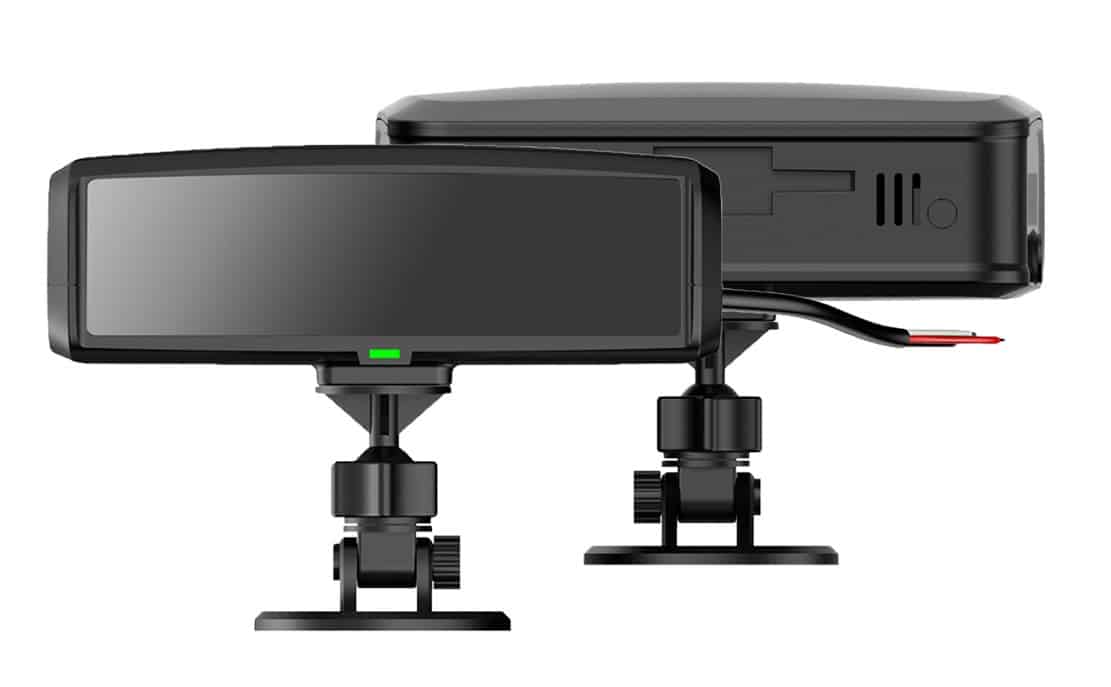This April is Stress Awareness Month, emphasizing the importance of mental well-being. While this month is widely recognized in North America and the UK, it’s an opportunity for organizations everywhere to address stress in fleet drivers, and the mental pressures they face.
Research from road safety charity Brake shows a 6% increase in stress and anger among drivers since the onset of the pandemic, correlating these negative emotions with riskier driving behaviors such as harsher acceleration and less focus on driving tasks.
We’ve also learned that 75% of truck drivers report their job as mentally and physically stressful, which increases the fatigue they experience, as well as accident risks.
From exhaustive schedules to the solitude of long hauls, these challenges can affect not only the health of your drivers, but also the safety and operational efficiency of your fleets.
In this post, we will explore how to recognize signs of stress among drivers, what resources are available to support mental health, and policies that can cultivate a supportive workplace and foster a healthier, more engaged driving force.

What Does Stress in Fleet Drivers Look Like?
The following factors, combined with the critical responsibility of ensuring safety at all times, can lead to high levels of stress in fleet drivers:
Extended Working Hours: Truck drivers often endure exceptionally long shifts. According to FMCSA regulations, they’re permitted to drive for 11 consecutive hours and may remain in their vehicles for up to 14 hours daily before their shift concludes. This duration exceeds the usual eight-hour workday considerably.
Isolation: The bulk of a truck driver’s day is spent in solitude, despite occasional interactions at truck stops during breaks. Extended periods away from family and friends can significantly impact their emotional and psychological health.
Variable Schedules: The nature of trucking jobs means that schedules are often inconsistent, with shifts varying based on available hauls and delivery deadlines. Such irregularity can disrupt regular sleep patterns, complicating efforts to maintain a consistent routine.
Physical Demands: Truck driving involves more than just operating the vehicle; drivers frequently handle the loading and unloading of cargo, adding physical strain to their roles.
Access to Nutrition and Physical Activity: Limited dietary options on the road, often restricted to fast and convenience foods, and minimal exercise opportunities can adversely affect a driver’s physical and subsequently mental health.
What Are the Signs of Stress Among Drivers?
For example, management can proactively schedule regular check-ins with drivers, provide mental health education, and ensure that drivers have access to professional support if needed.
Identifying the early signs of stress in fleet drivers is essential for timely intervention. Early recognition can help fleet managers implement support systems to prevent stress from escalating into more serious mental health issues.
Stress can manifest in both physical and emotional symptoms that can affect a driver’s ability to perform safely and efficiently. The Mayo Clinic says that recognizing these signs early can be crucial in managing stress effectively.
Physical Signs of Stress:
- Fatigue: Drivers may report feeling constantly tired, regardless of how much rest they get.
- Changes in appetite: Stress can lead to significant changes in eating habits, whether eating too much or too little.
- Headaches and muscle tension: Frequent headaches or muscle pains, especially in the neck and back, can be indicators of prolonged stress.
- Sleep disturbances: Difficulty falling asleep or staying asleep, and not feeling rested after sleep, are common signs of stress.
Emotional Signs of Stress:
- Irritability or moodiness: Small issues may provoke significant irritation or mood swings.
- Anxiety: Excessive worrying about schedules, safety, or job security can be a sign of stress.
- Decreased interest in work: A loss of motivation or pleasure in work activities, which were previously engaging.
- Withdrawal: Social withdrawal or isolation from colleagues can also be a significant red flag.
What Are Some Tips for Self-Monitoring and Mutual Support?
Recognizing the signs of stress not only helps in managing the well-being of drivers but also fosters a supportive community within the fleet. This proactive approach ensures that drivers feel valued and supported, contributing to overall job satisfaction and safety:
- Self-Monitoring Techniques:
-
-
- Keep a journal: Drivers can track their mood and any symptoms of stress daily to recognize patterns.
- Mindfulness and breathing exercises: Regular practice can help drivers manage stress and monitor their emotional state.
- Regular health check-ups: These can help identify physical symptoms of stress early.
-
- Support Among Colleagues:
-
- Check-ins: Establish a routine where drivers check in with each other to discuss their mental state in a supportive environment.
- Stress awareness training: Training sessions that help colleagues recognize signs of stress in others can be invaluable.
- Create an open environment: Encourage open discussions about stress and mental health without stigma, especially with coaches or driving mentors to talk about stressors and how to mitigate them
Are There Mental Health Resources for Fleet Drivers?
Maintaining mental health is as crucial as physical health; fortunately, there are a number of resources to support drivers, ranging from counseling services to digital tools and emergency helplines. Additionally, partnerships with mental health organizations can offer tailored support to those in the transportation industry.
Counseling Services:
- Employee Assistance Programs (EAPs): Many companies provide EAPs that offer free and confidential assessments, short-term counseling, referrals, and follow-up services to employees who have personal and/or work-related problems.
- Local Mental Health Clinics: Community mental health clinics often provide counseling services at a reduced rate or on a sliding scale based on income.
Mental Health Apps:
- Headspace: This app offers guided meditations that can help reduce stress and anxiety, improve focus, and promote restful sleep.
- Calm: Another popular app, Calm provides meditation techniques, sleep stories, and breathing programs to help users manage anxiety and lower stress levels.
Emergency Helplines:
- National Suicide Prevention Lifeline: Available 24/7, this helpline provides free and confidential support for people in distress, prevention and crisis resources. A full list of suicide prevention hotlines worldwide can be found here.
- Crisis Text Line: By texting “HOME” to 741741, fleet drivers in the U.S. can receive immediate support from trained Crisis Counselors.
Industry-Specific Partnerships:
- Truckers Against Trafficking (TAT): While primarily focused on combating human trafficking, TAT also offers resources for truckers’ well-being.
- St. Christopher Truckers Development and Relief Fund (SCF): This organization provides health and wellness programs, including mental health resources, for truckers.
Organizations often collaborate with mental health professionals to create programs that specifically address the challenges faced by drivers. These initiatives are designed not only to help drivers deal with the immediate issues but also to provide them with tools for long-term mental health management.
How Can I Create Policies for Mental Health in My Fleet Operations?
Implementing robust company policies that promote mental health wellness is essential in creating a supportive environment and reducing stress in fleet drivers. These policies not only benefit the employees by safeguarding their mental health but also enhance the overall productivity and safety of the company’s operations.
Examples of Effective Policies:
- Flexible Schedules:
-
-
- Allowing drivers some flexibility in their schedules can help them better manage stress and fatigue. This could include options for start times, the choice of routes, or more control over workloads.
-
- Mandatory Breaks:
-
-
- Implementing mandatory breaks during shifts helps prevent burnout and fatigue. These breaks should be long enough to allow drivers to rest, eat, and relax, helping them to recharge before continuing their journey.
-
- Mental Health Days:
-
-
- Providing mental health days without penalty enables drivers to take time off when they feel overwhelmed or stressed. This policy acknowledges the importance of mental health and encourages drivers to take care of their mental well-being without fear of repercussions.
-
- Regular Mental Health Training and Awareness Programs:
-
-
- Conducting regular training sessions and awareness programs about mental health can help destigmatize mental health issues within the workplace. These programs can educate employees and management on the signs of mental health problems and how to approach them supportively.
-
- Access to Professional Mental Health Resources:
-
- Offering subscriptions to mental health services such as counseling or therapy apps, or providing contacts for local mental health professionals, ensures that drivers have easy access to professional help when needed.
How Can I Create a Supportive Work Environment?
Drivers aren’t always on the road. Fostering a work environment that values mental health is crucial for the well-being and productivity of all employees, including those on the road. Here are some strategies to support the overall health of an organization:
- Regular Check-Ins:
- Implement regular one-on-one check-ins between drivers and their managers. These should be informal and friendly conversations where drivers feel safe to discuss any stressors or challenges they are experiencing.
- Training for Managers on Mental Health Awareness:
- Provide specialized training for managers to recognize signs of mental health issues and equip them with the necessary tools to respond appropriately. This training should also cover how to initiate conversations about mental health in a non-invasive manner.
- Channels for Anonymous Feedback:
- Establish a system where drivers can provide feedback anonymously. This could be about their mental health concerns or suggestions for improving workplace culture. An anonymous feedback mechanism encourages openness and can provide valuable insights into the overall mental health of the workforce.
- Promote Work-Life Balance:
- Encourage drivers to maintain a healthy work-life balance by setting realistic expectations about work hours and providing sufficient downtime between shifts.
Final Thoughts
Creating a mentally healthy workplace is an investment in the future—a forward-thinking approach that yields significant benefits, including reduced absenteeism, lower turnover, and a stronger reputation. Companies that prioritize their drivers’ mental well-being are setting a standard in the industry and paving the way for a more sustainable and resilient operation.
Now is the ideal time for companies to review and update their mental health policies. Consider the strategies discussed, and how they can be implemented or improved within your own organization.


